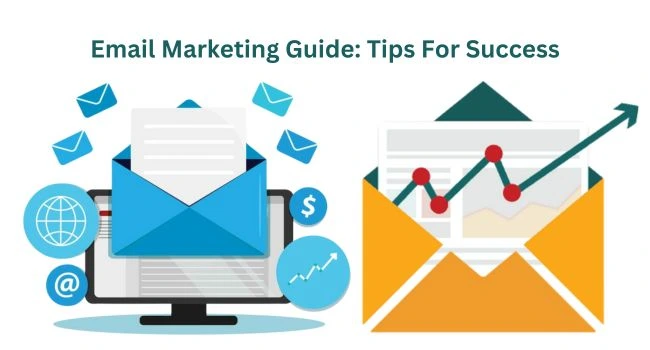CE certification is a vital process for products sold within the European Economic Area (EEA). It stands for “Conformité Européenne,” which translates to European Conformity. This mark indicates that a product meets the essential health, safety, and environmental requirements set by European Union legislation. Here, we will explore the significance, process, and benefits of CE certification.
What is CE Certification?
CE certification is a declaration by the manufacturer that their product complies with the European Union (EU) regulations and standards. The CE mark allows a product to be sold freely in the EEA, ensuring that it meets the necessary safety and quality benchmarks for consumer protection. The certification applies to a wide range of products, from electronics and machinery to toys and medical devices.
The CE Marking Process
To obtain CE certification, a product must undergo a series of procedures depending on its category and the specific EU directives it falls under. The process typically includes the following steps:
- Assessment of Applicable EU Directives: Manufacturers must identify the relevant directives and regulations that apply to their product category.
- Conformity Assessment: Depending on the risk level of the product, the manufacturer may need to conduct tests, inspections, and assessments, sometimes involving third-party organizations known as notified bodies.
- Technical Documentation: The manufacturer must compile and maintain technical documentation that demonstrates compliance with EU requirements.
- Declaration of Conformity: Once compliance is verified, the manufacturer issues a Declaration of Conformity, affirming that the product meets all legal requirements.
- Affixing the CE Mark: Finally, the CE mark is placed on the product, signifying its compliance.
Benefits of CE Certification
- Access to European Markets: CE marking is a gateway for products to be sold across the EEA. Without it, products cannot legally enter the European market.
- Consumer Trust and Safety: The CE mark assures consumers that the product they are purchasing is safe, reliable, and compliant with European regulations.
- Improved Product Quality: The certification process often highlights potential areas for improvement, ensuring products are manufactured to higher standards.
- Legal Protection: Products bearing the CE mark are legally protected within the EU, providing manufacturers with confidence that their products meet required standards.
Conclusion
CE certification plays a crucial role in maintaining product safety and quality within the European market. By ensuring compliance with EU regulations, it helps manufacturers reach consumers while promoting trust and reliability. Therefore, obtaining CE certification is not only a legal requirement but also an important step toward business success in the European market.



